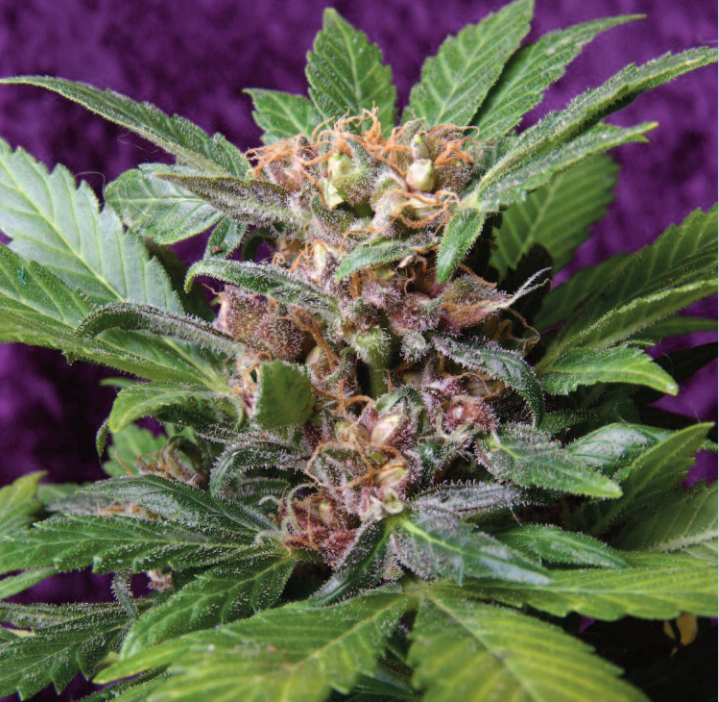Text and photos by David Strange
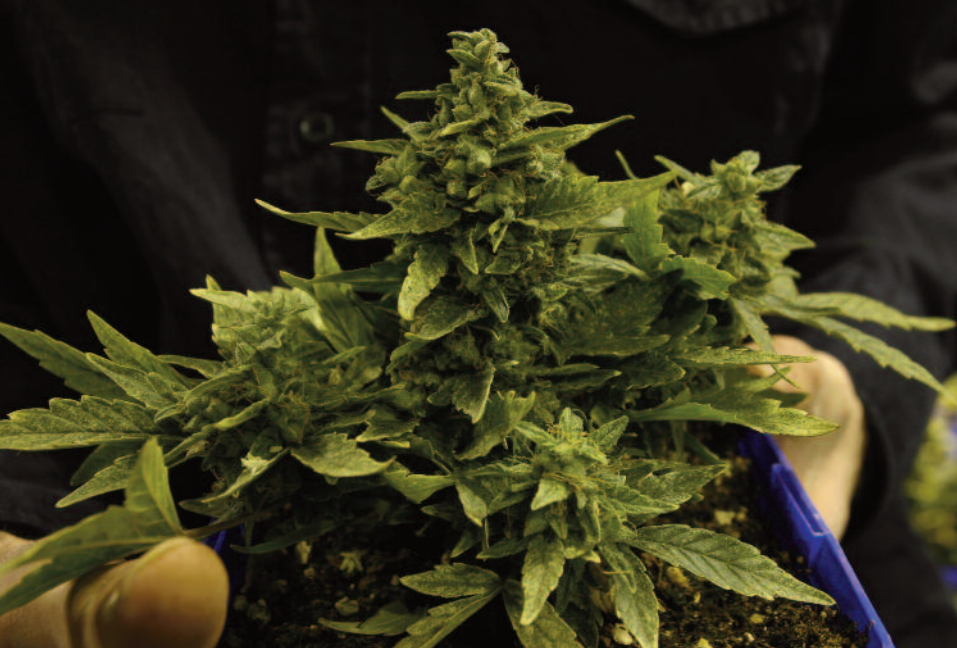
A micro LR1 phenotype
Most growers dream of having their own strain, a variety created by them, for them; something to call their very own. A grower’s ideal strain would be one that combines their favorite characteristics from growth to smoke and comes with the bragging rights of a job well done—and friends well stoned. However, when it comes to the breeding section in a grow book, most growers become a little intimidated.
While much of a grow book can seem straightforward, all of a sudden the breeding section can feel as if that science class you skipped in school had come to bite you in the ass. It can also make breeding seem like something that’s only for those growing on a grand scale.
The dream of breeding your very own strain need not be unrealistic. Don’t go losing your drive to create the ultimate plant—even if you feel slightly dumbfounded by all that stuff that looks like math. Legends can come from humble beginnings. If you need proof, look no further than Lowryder.
The story of the Lowryder variety—and the subsequent autoflowering craze that stemmed from it—involves previously unknown actors and their rise from obscurity. It’s a story of happiness and frustration, setbacks and leaps forward, but most of all, it’s a story that came from those aforementioned humble beginnings.
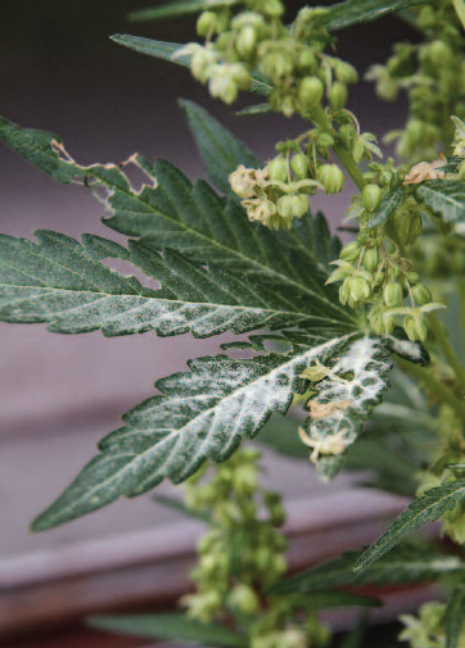
Lowryder_PollenDrop
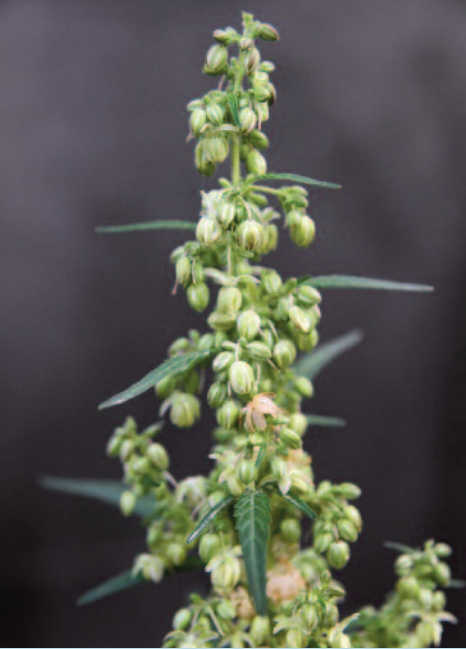
Lowryder_Male
Lowryder: the story of creation. First try
Lowryder started a revolution in growing, and like most other strains, it began with a box of seeds and limited resources but a devotion to the making of something truly unique. While the Lowryder journey arguably started when the first plant did its own thing and started to flower automatically indoors, to understand just how incredible Lowryder’s history is, a little backstory is necessary.
The first step on any breeding journey is to create an F1 strain: a hybrid of two plants. This, quite simply, involves pollinating one variety with the pollen from another to get a customized version of a strain that you already like. This is where the Lowryder story began: Looking for speed from one variety and strength from another.
In the mid to late 90s, seed banks were providing solid genetics but most of them were working out of Amsterdam. In Canada, the most prized genetics was still so-called “hand-me-downs.” The genetics of a plant that showed itself to have redeeming qualities were shared amongst a circle of friends and/or like-minded growers. This is how the Joint Doctor procured what was to become Lowryder.
Referred to as “Mexican ruderalis” by its owner, this set of genetics was pretty mysterious. Ruderalis was known to be of Russian descent. Was this a Mexican variety crossed with a ruderalis? Was it even Mexican—or even ruderalis? This question is never likely to be answered. The Joint Doctor had to content himself with growing the strain, and when he did, he noted that it finished really early outdoors. However, it was untested in an indoor environment.
With his curiosity piqued, the Joint Doctor made the decision to cross his new genetics with one of the hardest-hitting and most reliable indoor varieties in his arsenal: Northern Lights #2. The product of these two plants was then combined with a William’s Wonder plant, to create another F1. At this point, the autoflowering characteristic had yet to show itself. In the midst of his project, the Joint Doctor moved to the prairies of Canada, and in order to create seeds to transport with him, he bred an F2 version of this speedy three-way cross, packed up all his growing equipment, and headed north.
This is where I met the Joint Doctor. We had both just moved to the middle of nowhere, far from the centre of the cannabis world. As fellow collectors of high-grade and intriguing seeds, we decided to run a cycle together in my basement room. The idea was that we would see them side by side, then swap or crossbreed the best of our beans. My grow space at that time was only a small thing: A 12 x 12-foot room with 5,400-watt HPS lights. That was all the gear that could be procured at the time. Despite these in-congruous conditions, we filled my basement with ten of our favorite varieties, five of each, and sitting quietly in the corner, not making a fuss, was the strain that would become known as the Lowryder.
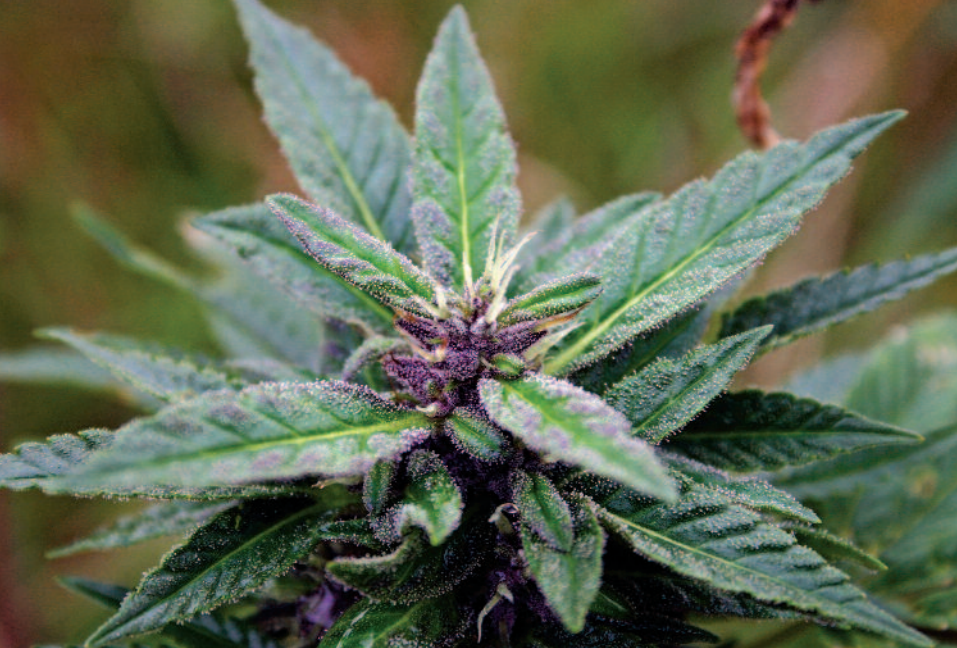
MazarLowryder
Much has since been made of Lowryder’s autoflowering trait, but back then, we didn’t even know it existed. The thing about the autoflowering trait is that it’s a recessive gene so it does not show itself in the F1 generation. The moral here is this: You may have a truly magical plant on your hands, but the most incredible characteristics in your newly created F1 may not have even shown themselves yet. This is what we learned from breeding Lowryder.
Our grow room had been in the vegetative stage, on a 24-hour light cycle, for a few weeks before our tiny plants in the corner began to show signs of flowering. This was truly an oddity but certainly stirred our curiosity. As I stared at this ugly duckling, the Joint Doctor asked:
“What the hell should we do with these weirdos?”
In my excitement, I had already gabbled out “We need to pollinate these!” before I turned to see the best male already in his hands. On his face was a grin of youthful exuberance. His question, clearly, had been rhetorical.
The Joint Doctor took the seeds from those plants back to his place and got into the real work: Creating a variety, not just a cross. The autoflowering trait had appeared during the creation of the F1 generation, but it needed to be stabilized. This is where true breeding occurs. A stable cross is closer to a P1 stock than an F2, as a good breeder will avoid the randomness that can occur in an F2. The Lowryder’s unique autoflowering trait was the one we needed to isolate, but the process was no different than the process to maintain the smell or taste of your favorite variety.
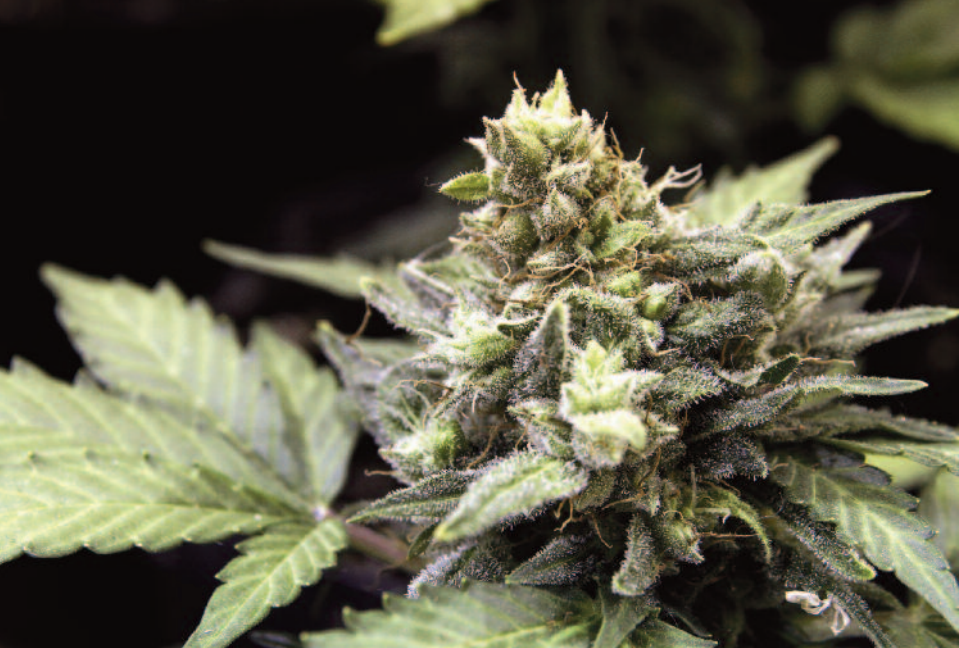
BettyBoo_Seeded
When a regular variety is crossed with an autoflowering one, the F1 generation of seeds is going to be fast but will not exhibit the autoflowering trait. This won’t show up until the F2 generation when about 25% of plants show the trait. That’s why it wasn’t noticed in the original Northern Lights cross. When a female receives pollen from a male and both have the autofloweirng characteristic, about 50% of the next generation will exhibit autoflowering. When a female and a male from this generation are bred together, approximately 75% of the seeds will have the autoflowering trait, then 87.5%, and so on. By inbreeding generations of the same variety like this, you create an inbred line or IBL. This effectively breeds out certain characteristics and selects others until the stability of that characteristic is achieved.

LR2 seed crop
Lowryder #2 IBL. The way to success
Once the Joint Doctor had gotten the Lowryder to the point of true breeding for the autoflowering trait, the next stage could begin. The IBL work over several generations had left him with a variety that was now uniformly age-determinate instead of light-determinate. All the plants went to bud according to how old they were (which was young!) rather than in response to a change in their lighting schedule.
The plants matured in about 40-55 days from germination, had a deep musky smell and smoked quite respectably. They were also only yielding about 7-14 grams on the larger end. With his IBL technique, the Joint Doctor had seemingly hit a plateau for size. It was eating into his confidence, making him unsure how far his new variety could go. Something was clearly going to have to be done about that.
That was the original Lowryder. But the project wasn’t over. It was back to the drawing board and back to another F1 generation to add the things that seemed lacking in our original variety. A little more nose and a chunk more size. Some speed could be sacrificed. With the autoflowering trait stabilized, a batch of new crosses was created. The one that stood out as the gnarliest—and, handily, also the most stable—was the cross with Santa Maria. This was then put through the aforementioned IBL technique until stabilized, and voila! Lowryder #2 was born.
This plant would go to bud automatically under any light regime, just like the original, but it now had much more kick, had a smell that could sell a bag, and was getting into the ounce-per-plant range. The most popular growing method of the time was a SOG with fairly young clones, and this plant fitted that setup perfectly. It was also a perfect plant for those growing in limited space, producing just for themselves.

Ogre
Lowryder gave birth to new strains
Any serious smoker knows that smoking the same strain over time makes you build up a tolerance, which makes you fall out of love with that strain a little. That’s where Joint Doctor was at with Lowryder #2. I had recently returned from a trip to the Cannabis Cup in Amsterdam and he had been gathering some new gems, so we did the seed exchange thing again. Some of his most prized Lowryder seeds were traded for some of the first generations of NYC Diesel given me by Soma and some Mazar from Sensi Seeds.
With these genes in hand, it was back to the F1 table. The cycle began again. We grew, looked out for the best traits, and inbred the plants to stabilize those traits. When we bred the NYC Diesel with Lowyder, we selected mainly for its distinctive smell and flavour. This plant became the DieselRyder. An AK-47 from Serious Seeds was bred with Lowryder while selecting for size and solidity, and this became the EazyRyder. This strain came in at 19% THC, making it the most potent autoflower to date. A few generations of inbreeding later, the Mazar would show its colours; this variety became stabilized as the PurpleRyder. Another line of the Mazar would be bred for a distinctive musk, speed, and a relaxed high to become the Betty Boo. The Lowryder magic just kept on coming.
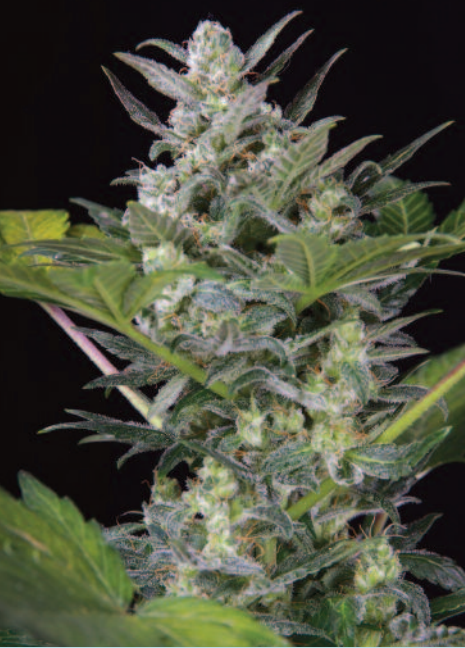

There’s a difference between chucking pollen at your plants and actually breeding. The latter isn’t difficult, but it is a skill. Hopefully, this story explains to you why this breeding chapter is not to be feared, and should, in fact, inspire you to do great things.
Over the span of his breeding journey, Joint Doctor has learned and likely utilized almost every technique in this chapter to achieve something great. In the beginning, however, he didn’t know any of them. He also started in a room that you could set up affordably at a weekend in almost any house in North America. You can do great things, just as he did.
Autoflowering genetics now account for 60-70% of all European seed sales. This all began with Lowryder. I hope you can see how that special plant in your grow room has the potential to be something truly revolutionary. Hell, with enough devotion and a little luck you might have the next Diesel or OG or even Lowryder. It sounds like a cliché, but you actually can change the world—one seed at a time.
